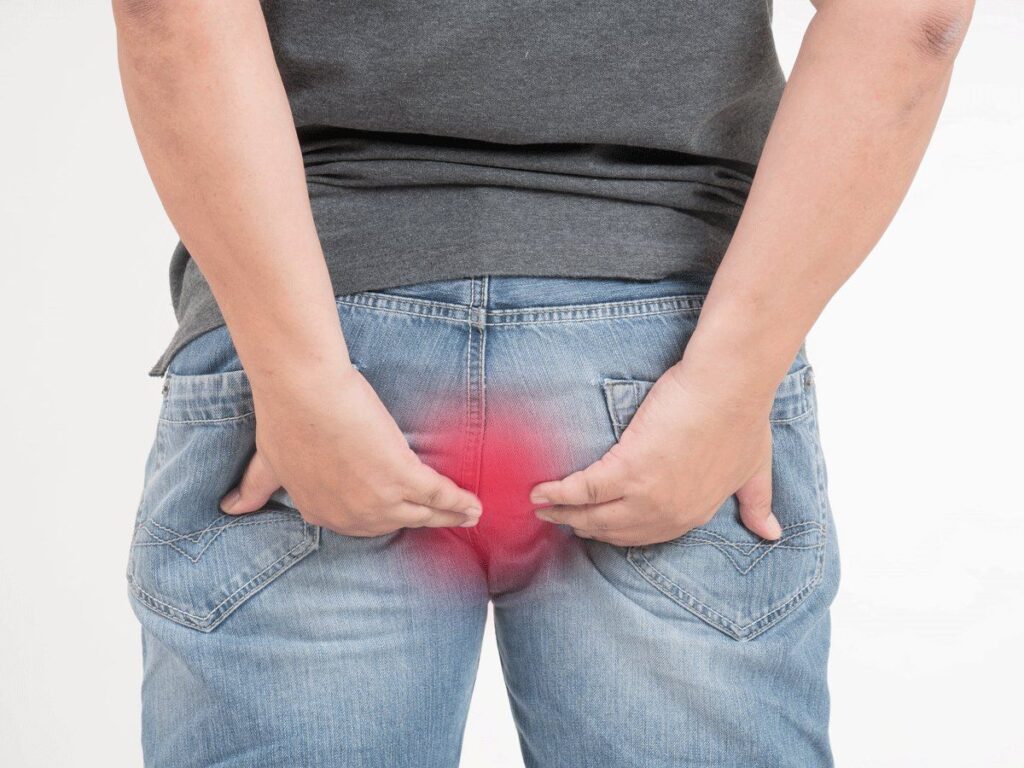
Anal fistula, also known as fistula-in-ano, is a condition where a small channel develops between the anal canal and the skin surrounding the anus. This channel or tunnel is often the result of an infection in the anal glands, which causes a buildup of pus. If left untreated, anal fistulas can cause significant discomfort and lead to other complications.
Therefore, prompt diagnosis and treatment are essential. Diagnosing anal fistula involves a combination of medical history, physical examination, and diagnostic tests. The first step in the diagnostic process is a detailed medical history, which includes questions about the symptoms, the duration, and any underlying medical conditions.
The doctor will also ask about any recent surgeries or procedures that the patient may have undergone, as this can increase the risk of developing an anal fistula. Following the medical history, the doctor will perform a physical examination. This examination includes a visual inspection of the anus and the surrounding area.
This can also include digital rectal examination (DRE). During a DRE, the doctor will insert a gloved, lubricated finger into the rectum to feel for any abnormalities, such as swelling or tenderness. If the doctor suspects the patient has an anal fistula, they may perform further diagnostic tests to confirm the diagnosis. These tests may include:
Fistulography
A fistulography is a type of X-ray that uses contrast dye to visualize the fistula tract. During this procedure, the doctor will inject a contrast dye into the fistula tract and then take X-rays to see the tract’s shape and size. This test is usually performed in an outpatient setting.
MRI
Magnetic resonance imaging (MRI) is a diagnostic imaging test that uses a magnetic field and radio waves to create detailed images of the body. An MRI can provide a detailed view of the fistula tract and help determine the best treatment approach. This test is usually performed in an outpatient setting.
Endoanal Ultrasound
Endoanal ultrasound uses a small probe that is inserted into the anus to produce detailed images of the anal canal and surrounding tissues. This test can help identify the location and depth of the fistula tract and determine the best treatment approach. Endoanal ultrasound is usually performed in an outpatient setting.
CT Scan
Computed tomography (CT) scan is a diagnostic imaging test that uses X-rays and computer technology to create detailed images of the body. A CT scan can provide a detailed view of the fistula tract and surrounding tissues and help determine the best treatment approach. This test is usually performed in an outpatient setting.
It is important to note that not all patients with anal fistula will require diagnostic testing. In some cases, a medical history and physical examination may be sufficient to make a diagnosis.
In addition to diagnosing anal fistula, these tests can also help determine the best treatment approach. Treatment for anal fistula depends on the location and complexity of the fistula tract, as well as the patient’s overall health. Treatment options include:
Surgery
Anal fistula surgery is the most common treatment for anal fistula. The goal of surgery is to remove the fistula tract and promote healing. There are several surgical approaches, including fistulotomy (cutting open the fistula tract), fistulectomy (removing the fistula tract), and fistula plug (inserting a plug to close the fistula tract). The type of anal fistula surgery performed depends on the location and complexity of the fistula tract.
Seton Placement
A seton is a thin piece of material (such as a rubber band) that is placed in the fistula tract to promote drainage and prevent abscess formation. Seton placement is typically used for complex fistulas that cannot be completely removed with surgery.
Medications
Medications may be prescribed to manage symptoms or prevent infection. Antibiotics may be prescribed to treat or prevent infection, while pain relievers can help manage discomfort. In some cases, immunosuppressive medications may be used to reduce inflammation and promote healing.
Lifestyle Changes
Making certain lifestyle changes can also help manage symptoms and prevent anal fistula from recurring. These changes may include eating a high-fiber diet, maintaining good hygiene, avoiding constipation, and practicing good bowel habits.
Conclusion
Diagnosing anal fistula involves a combination of medical history, physical examination, and diagnostic tests. If left untreated, anal fistulas can cause significant discomfort and lead to other complications.
Therefore, prompt diagnosis and treatment are essential. Treatment for anal fistula depends on the location and complexity of the fistula tract, as well as the patient’s overall health.
A variety of surgical and non-surgical options are available to manage the condition, and making certain lifestyle changes can help prevent recurrence. If you experience symptoms of anal fistula, it is important to consult with a healthcare professional for a proper diagnosis and treatment plan.

